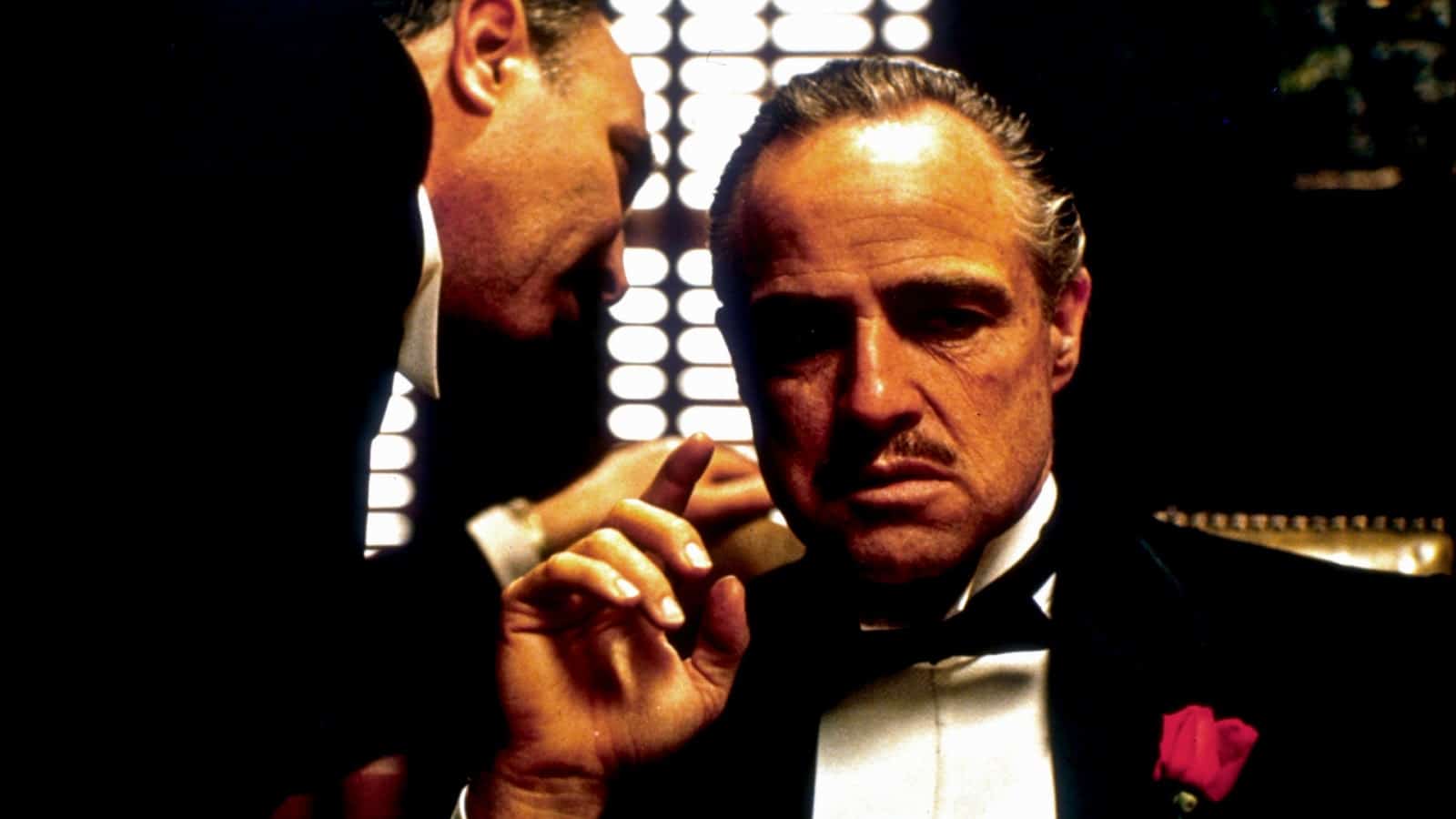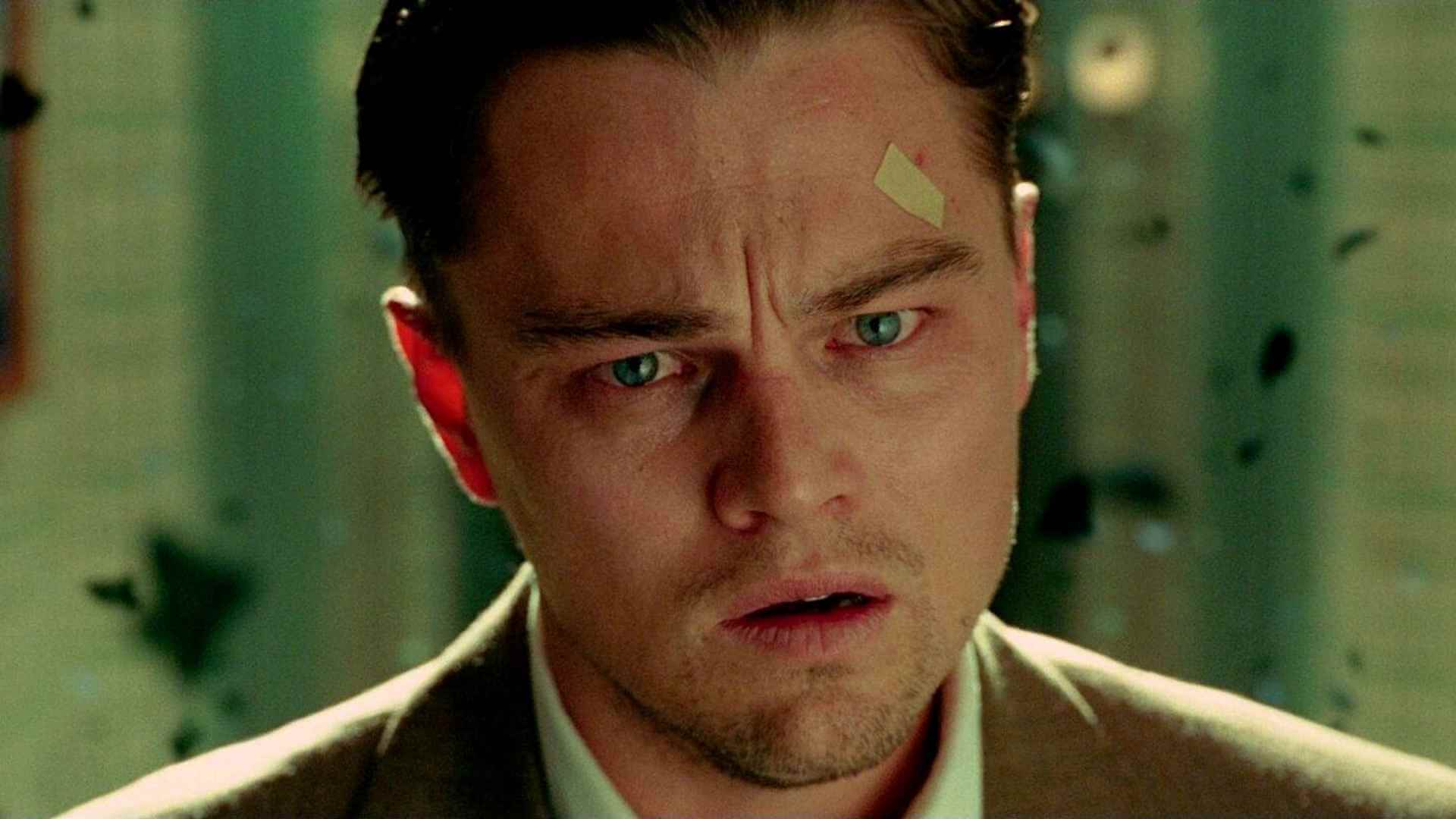Whether you’re a filmmaker or photographer, capturing near perfect eye light can really help tell your story. The eyes are the most telling feature of a person and reveal so much to the audience. This post explores the technique of using a catchlight to breathe life into your work. So what is a catchlight and how can you capture one?
Catchlight Photography
1. What’s a catchlight?
A catchlight can add dimension not only to the eye, but to the entire story (or portrait). They can add depth to the subject in unexpected ways. Let’s first define it, and then see how this might be possible.
CATCHLIGHT DEFINITION
What is a catchlight?
A catchlight is the light reflected in a subject’s eye, the glimmer that comes from an external light source. Also known as an "eye light," it’s the highlight reflected off the surface of the eye.
Catchlights can be any size, or shape, and the way they come out depends greatly on how the photographer captures the light. It’s common to use reflectors to bounce light into the eyes. And a large round reflector will produce a much bigger catchlight. While using a small electronic flash, will produce a very small catchlight.
Catchlight Photography Tips:
- The eye light should be placed near the lens to make sure the reflected catchlight registers
- The shape of the eye light or reflector will effect the shape of the catchlight
- Common catchlight photography involves using a ring light attached to the camera's lens
In the video below, notice what the photographer says about how certain shapes and placement of the light in the eye affects what we think about the character or subject. We can consider these ideas during character development or when it comes time to establish tone in our projects.
Catchlights and their effect in practice
Rounder catchlights can produce a more attractive or even seductive tone, while rectangular catchlights in the eye, give a more sterile look. And putting light at the center of the eye often makes the subject appear determined and driven.
Keep in mind, eyes without any catchlights can look empty and choosing to avoid them can work to your advantage if that’s what works for the story. The Godfather keeps the eyes dark so we’re constantly questioning the intentions of the characters.

Without eye light, intentions become unknown
Remember, “the eyes are the windows to the soul” and as a filmmaker, being in control of your character’s eyes can be a great tool in providing context to the audience.
Of course, catchlights are most commonly executed in portraits and still photography. The video below goes through portraits from the most iconic figures, and consequently, the most iconic photos.
Always consider eye light
Now that what how eye light works and why, let's talk about how to actually master catchlight photography. Below are some useful tips and techniques for both cinematic catchlights and portrait eye light.
What to Consider
2. How to capture catchlight
Catchlights can appear accidentally whenever you're lighting a character — but there's no reason to leave something like this up to chance. Be proactive and consider why and when to use catchlights. Sure, it's yet another thing to keep in mind but the rewards will justify the effort.
Let's go over some of the most practical ways to capture catchlight.
Two-minute tutorial on catchlight photography
Step 1 — Aim the light source into the subject's eyes
Whether your subject is indoors or outdoors make sure they’re facing the light. Of course, make sure they’re not staring directly into it either.
Indoors — Ask your subject to face the window, but not necessarily head on. It’s best if they’re facing the window at about a 45-degree angle. This creates gorgeous catchlights and casts natural looking shadows on the rest of their face.
Outdoors — If you’re shooting outdoors and want beautiful catchlights, find a shady area — like under an awning or a tree and have the character face toward the light. This works really well for some of the most natural looking eye lights.
Step 2 — Design the look of your catchlights
Deciding the look of your catchlights comes down to the intended affect. Do you want a natural look? It is a romantic or suspenseful scene? Remember there are different methods to achieve different results. Let's look at some options so you can make a more informed decision
Using a light source
Remember, the size and shape of your light(s) has a direct effect on the size and shape in catchlight photography.
To fully control catchlight, using an independent light or reflectors will help the intensity, color, and direction of the light. As we saw in the video above, a ring light has become a common light source in catchlight photography.
Here's an example of Britney Spears from one of her music videos. Notice how the catchlights seem to be exploding out from her eyes. This is a highly-dynamic and stylistic effect that wouldn't make much sense outside of a music video but you get the point. Eye light is important.

Catchlight Photography • Music Video Style
To get the catchlight to wrap around the iris like this, the camera would be positioned inside the light array, as with a ring light. That way, the subject's eyes will be perfectly aligned for the catchlights.
Using a reflector
The reflector is what allows the light to bounce into your subject’s eyes, so besides light itself, it is the most necessary piece of equipment. The next thing to keep in mind is the type of reflector you’ll be using.
If you want a large catchlight, use a large reflector, and vice versa for smaller reflections. Smaller is typically better, especially when determining light placement for portrait photography.
Typically silver reflectors work best, but if you want warmer tones, a gold reflector works just as nicely.
Pro Tip
Be mindful of the color shirt you’re wearing. Your shirt can act as a reflector, so wearing white is a pretty safe choice. Wearing a red shirt, on the other hand, would change the tone just a smidge.
Step 3 — Position your catchlight
Mess around with different angles to determine the perfect positioning of the catchlight. Many photographers suggest viewing your subject’s eye as a clock, and positioning the light at either 10 o’clock or 2 o'clock. Early photographers found this looked best but it isn’t required.
Just avoid positioning that appears unnatural — typically anything below 9 o’clock or 3 o’clock, but again, mess around and see what works best for you and your story.
Pro Tip
Another tip about positioning — make sure the catchlight is the same on both eyes. If it’s at 10 o‘clock on the right eye, make sure it’s also at 10 o'clock on the left eye.
Artificial Eye light
3. How to add catchlights in Photoshop
Whether you’re using Photoshop, Lightroom, or some other editing program, make sure to remove any extra catchlights in the same eye. This happens sometimes, so try to keep the one that looks most natural.
Here's a step-by-step guide to adding catchlights in Photoshop.
Catchlights in Photoshop
Post-production software can be a great tool to enhance your eye light later. My general rule is that software is recommended only if the same effect could not be achieved in the moment.
UP NEXT
How to master Rembrandt lighting
Now that you know how to capture cinematic eye light, you might want to try your hand at another style. Rembrandt lighting is another lighting technique that adds shape and dimension in portrait photography or cinematography. With Rembrandt lighting, one side of the subject's face is mostly dark so being able to add catchlight to the eyes is critical. We'll show you how Rembrandt lighting works and how easy it is to pull off.
Up Next: Rembrandt lighting →
Share your vision with elegant shot lists and storyboards.
Create robust and customizable shot lists. Upload images to make storyboards and slideshows.
